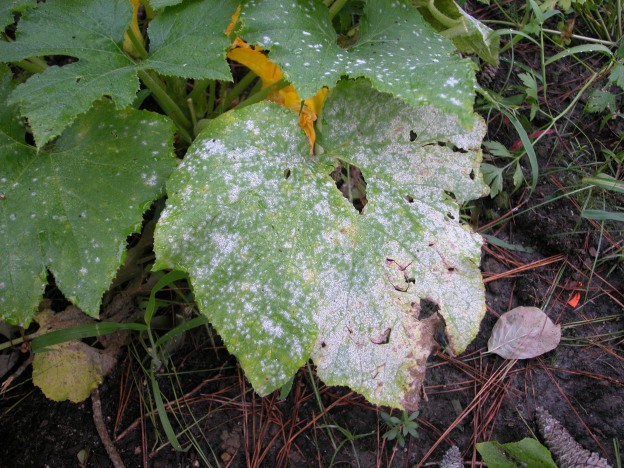It can be difficult to know what tree care practices are best for your tree. There are so many different types of trees, and each tree requires its own set of tree care instructions. Tree care is not a one-size-fits-all kind of thing! This blog post focuses on tree care and why it’s important to consult with an arborist from Genesis Tree Service Culpeper, VA about the type of tree you have before taking any action.
3 Common Tree Diseases to Watch Out For in Culpeper
There are several tree diseases common in Virginia that are also known to affect trees in Culpeper. Fortunately they often exhibit signs that can be identified and treated by tree care experts.
Leaf Rust
Red or orange spots on leaves are a sign of rust. Most plants do not die from rust, but it can make the leaves look bad. The fungus also makes the plant weaker by interfering with how it makes food. Each type of plant has its own type of rust that can be different from other types of rust.
Potential Damage From Leaf Rust
The leaves have marks on them that make them look yellow or brown. There is a powdery fungus on the leaves. It can be scraped off. The leaves may also turn twisted and drop off. Twigs can get infected too.
The Remedy
Rust fungi are sometimes harmless to plants. They might only need to be removed if they are really bad. There are many ways that you can control rusts, and some of them only work on certain plants. Check with your local extension service for the best way to fix your problem with rusts, but it is usually not too hard or expensive.
Fire Blight
Some trees and plants have a disease called fire blight. It can cause black or brown branches, wilted leaves, and dead flowers. The disease is caused by bacteria that are active in warm weather. Rain can spread the disease too, if it falls on infected plants. Bees can also carry the bacteria to other plants if they visit an infected plant while foraging for nectar or pollen.
Problems Fire Blight Causes
If you see the tips of branches sticking down, that means it is infected with fire blight. The bark at the base of diseased twigs looks like it’s been wet and then dried out. If left untreated, tree death is a likely outcome from fire blight. Branches can die back or even be destroyed entirely by this tree disease. If you suspect that your tree has been infected with fire blight, don’t wait to contact Genesis Tree Service for help!
Fixing Fire Blight
If the branch has discoloration, cut it out and destroy it. Clean your tools after each cut by dipping them in a solution of water with bleach. Avoid fertilizing too much in spring or summer because this makes plants grow very fast. This makes them more likely to get fire blight infection.
Powdery Mildew
Powdery mildew is a white coating on leaves. It happens when the weather is sunny and humid. Sometimes it is caused by a fungus. Plants that are in shadows may be more affected because they don’t get enough sunlight to stop the fungi from growing.
Damage From Powdery Mildew
Leaves are covered with a thin layer of white stuff that can’t always wash off. Sometimes there will brown or yellowing leaves which fall off too late in season (fall). In wintertime you’ll see tiny black dots all over the grayish-white patches like pepper sprinkled into your food.
Control Measures
When planting new trees and shrubs, plant the ones that are resistant to fungus. Some groups of plants are more likely to get fungus than others. These mostly include crape myrtles, crabapples, and lilacs. You can buy a fungicide to treat these diseases but a better option is to have an arborist treat for it.
Our tree care team is always ready to help you keep your trees healthy and vibrant with the right tree service. We can do everything from spraying pesticides or using tree trimming services, to planting new plants in a variety of locations around your property. Our Culpeper arborists are experts at recognizing tree diseases and how they cause damage so that we can take the appropriate steps for treatment. If you’re not sure what type of tree disease you have on your tree, contact us today!

